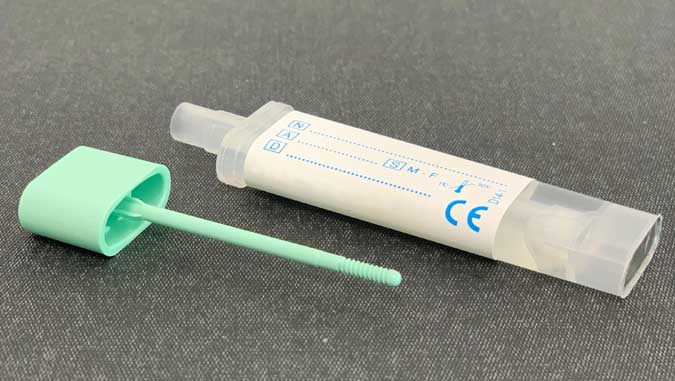By Patricia B. Mirasol
COLORECTAL CANCER is the third deadliest cancer in the Philippines after breast cancer and lung cancer. It is, however, beatable, treatable, and preventable, according to Dr. Atenodoro “Jun” R. Ruiz, Jr., head of The Medical City’s (TMC) colorectal cancer screening task force, at a discussion organized by TMC’s Augusto P. Sarmiento Cancer Institute.
The most common signs and symptoms of colorectal cancer (or colon cancer) are a change in bowel habits, rectal bleeding with bright red blood, and unintended weight loss.
This type of cancer usually begins as polyps, or abnormal growths in the lining of the colon and rectum. While not all polyps progress to cancer, their removal reduces the risk of these growths developing into cancer.
LESS EXPENSIVE, LESS INVASIVE
The screening tests available for colorectal cancer include colonoscopy, or the examination of the colon with a tube called a colonoscope; fecal immunochemical test (FIT), which tests for hidden blood in the stool; CT (computed tomography) colonography, which uses special X-ray equipment to examine the large intestine for cancer and polyps; fecal DNA (deoxyribonucleic acid) test, which combines the FIT with a test that detects altered DNA in the stool; and capsule colonoscopy, which uses a rectally inserted capsule robot that identifies and removes precancerous lesions and tumors.
Each of these tests has advantages and disadvantages. A colonoscopy is an effective screening tool, albeit one that is expensive and time-consuming, with fewer people willing to undergo the test. FIT, which can be done in the privacy of one’s own home, is less expensive and less invasive.
“FIT detects human blood. If the stool sample is positive, a colonoscopy is needed,” Dr. Ruiz said. “If negative, then FIT is done every year.” The test costs between P500–P1,600 in the Philippines while a colonoscopy is approximately P25,000.
When gastroenterologists perform a colonoscopy on FIT-positive patients, it saves downstream costs in terms of surgeries and hospital beds.
An annual FIT outreach program at Kaiser Permanente Northern California (KPNC), for example, was partially responsible for an uptick in colorectal cancer screenings, which increased from 39% to 83% from 2000 to 2015 — leading to 26% fewer colorectal cancer cases and 52% fewer deaths during that period.
According to Dr. Theodore R. Levin, a gastroenterologist with the Permanente Medical Group and clinical lead for colon cancer screening at KPNC, the program reaches 900,000 of KPNC’s 1,000,000 eligible members, who are all between the ages of 50 to 75 years.
These members are each sent a FIT kit (or a quick and easy screening home kit) every year, with instructions on how to complete the test, plus a postage-paid return envelope. An e-mail or print letter is sent a week before the kit is delivered, with an additional automated call reminding members to send back their kits four weeks after these kits have been mailed out.
“The reality is that healthy people usually don’t come into hospitals,” said Dr. Levin at the virtual event. “That’s why you have to reach out.”
Given the resource limitations of other countries, Dr. Levin recommended starting small. “When we started in the middle 2000s, we didn’t have the infrastructure to do colonoscopies for every member having screening, so we focused on a select part of the population,” he said. The program thus focused on people in their 60s and 70s, or people who were old enough to start having cancers, but young enough to have colonoscopies.
“Pick a smaller community, prove your concept, and then expand from there,” said Dr. Levin. “Develop some champions, publicize your results, and suddenly it becomes a self-fulfilling prophecy.”

